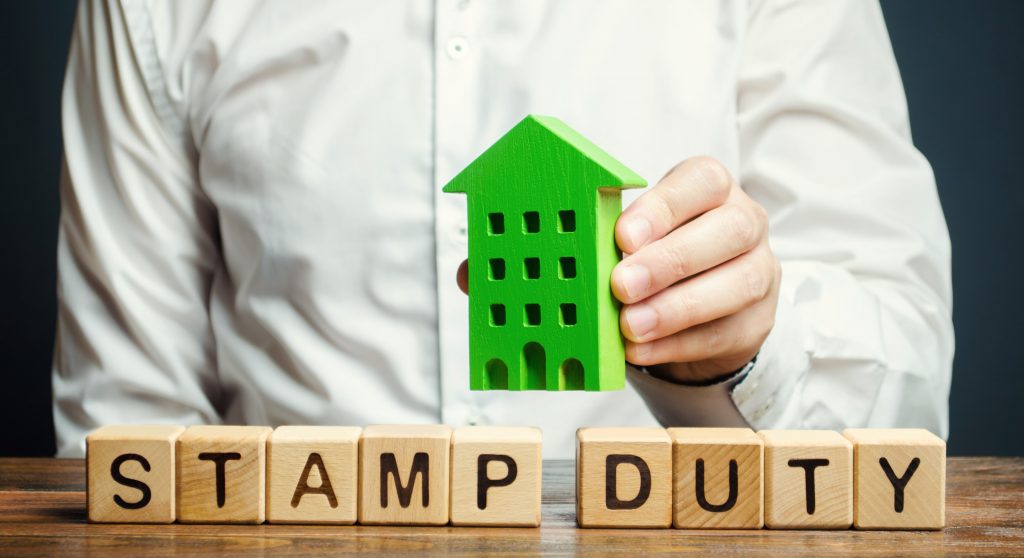If you’re buying a run-down property, you might have heard that you could pay less Stamp Duty Land Tax (SDLT) if the property is deemed ‘uninhabitable’. It’s a tempting prospect, especially given how high stamp duty can be on second homes or buy-to-lets. But before assuming your doer-upper qualifies, it’s worth understanding what HMRC means by ‘uninhabitable’, because the rules are much stricter than many people realise.
What HMRC Considers ‘Uninhabitable’
To qualify for lower stamp duty rates, the property must be unsuitable for use as a dwelling at the time of purchase. That doesn’t mean it’s ugly or needs modernising — it means it can’t reasonably be lived in at all.
We’re talking about properties that are:
- Missing a working bathroom or kitchen
- Without heating, hot water, or electricity
- Structurally unsafe or dangerous
- Contaminated by asbestos or similar hazards
In other words, if someone could reasonably move in with a bit of inconvenience or some DIY, it’s probably still considered habitable in HMRC’s eyes.
What Doesn’t Count?
Plenty of properties are in bad shape when they’re sold — especially at auction — but that doesn’t automatically make them uninhabitable for stamp duty purposes. Some examples of things that don’t qualify:
- Peeling wallpaper or cracked tiles
- Damp or mould
- Missing appliances or broken radiators
- The fact that you plan to gut or renovate it
The key test is whether someone could live there safely at the time of purchase, not whether they’d want to.
Making a Claim — What You’ll Need
If you think your property might genuinely meet the test, be ready to back it up. Here’s how to approach it:
- Get a proper survey
A full structural survey from a qualified surveyor is your best starting point. It should clearly explain why the property can’t be lived in safely. - Gather evidence
Photos, utility disconnection letters, builder quotes, or anything else that proves the state of the property at the time of purchase. - Get advice
This is a grey area, and getting it wrong could mean a hefty bill later. A tax adviser or solicitor with experience in SDLT claims can guide you. - Be upfront with HMRC
If you’re claiming the non-residential rate, make sure your SDLT return reflects that, and include a cover letter explaining your reasoning and evidence.
But Expect Scrutiny
HMRC takes a close look at claims involving stamp duty on uninhabitable property. If you get it wrong, they can come back with interest, penalties, and a demand for the extra tax. That’s why it’s important not to stretch the definition — or rely on assumptions.
Conclusion
Yes, there’s potential to save money if a property is genuinely uninhabitable — but only under the right conditions. You need strong evidence that the building couldn’t reasonably be used as a home when you bought it. Most tired or neglected homes won’t meet the threshold, no matter how much work they need.
So, before banking on a reduced rate of stamp duty on uninhabitable property, take the time to assess the facts properly. A professional opinion could save you from a costly dispute later on.


